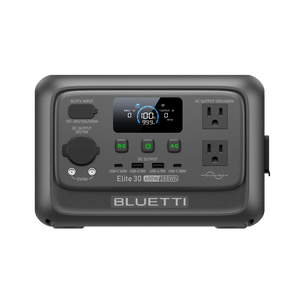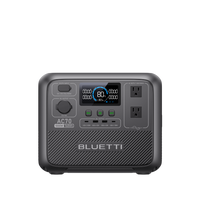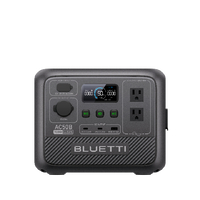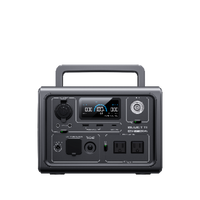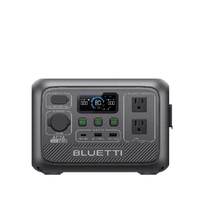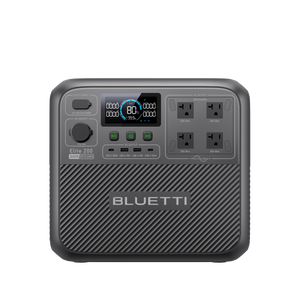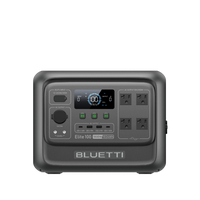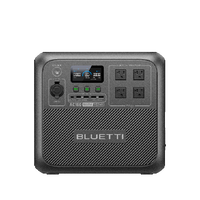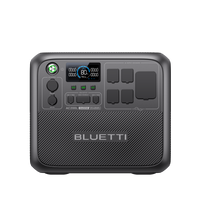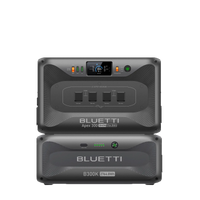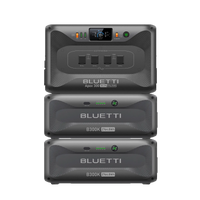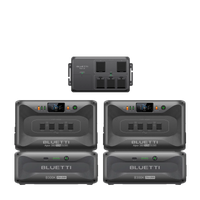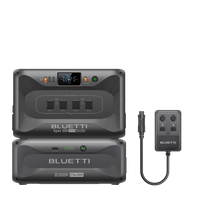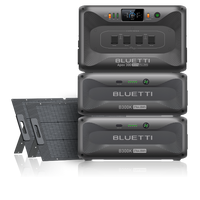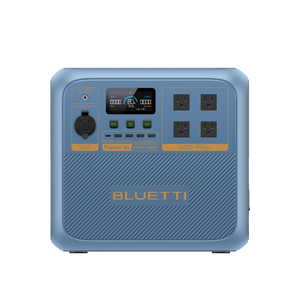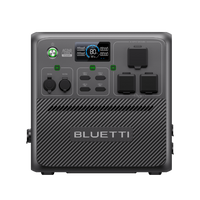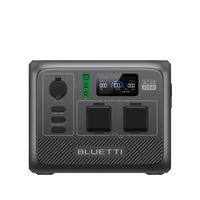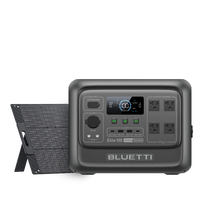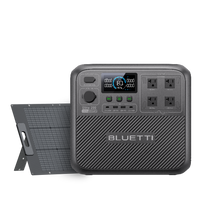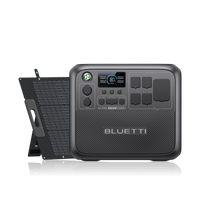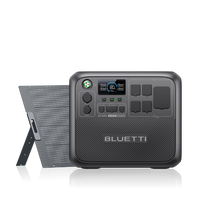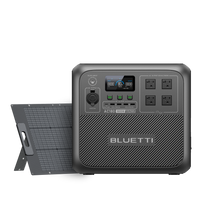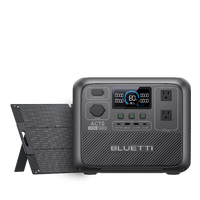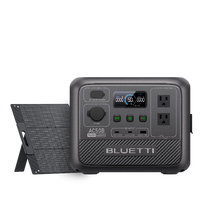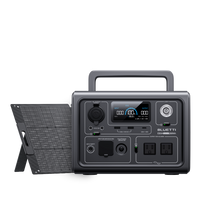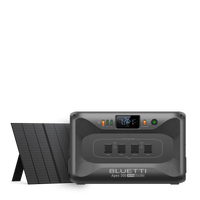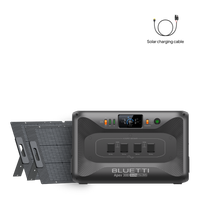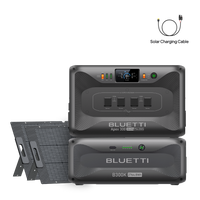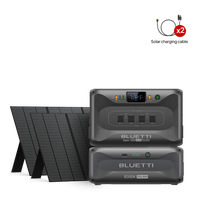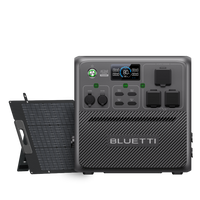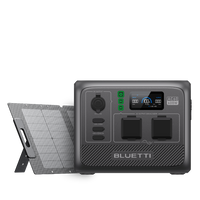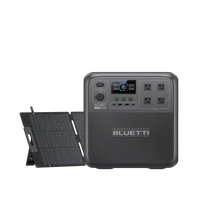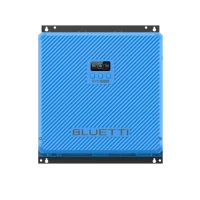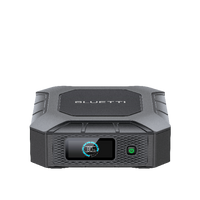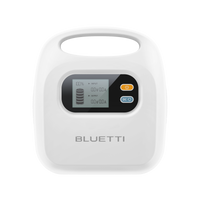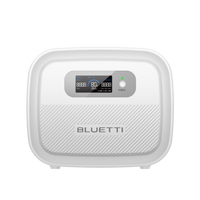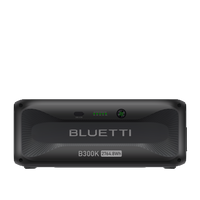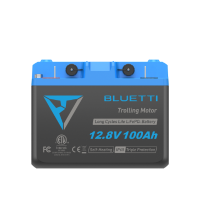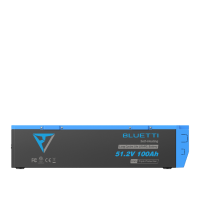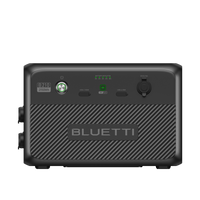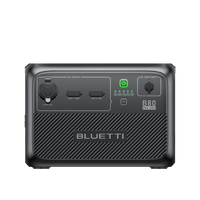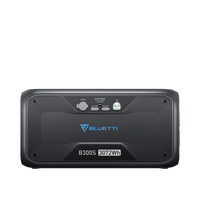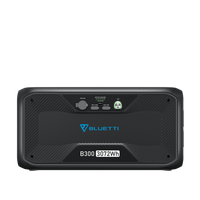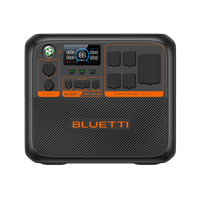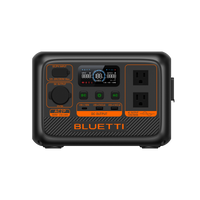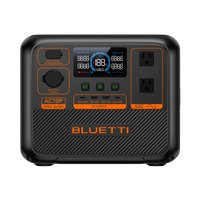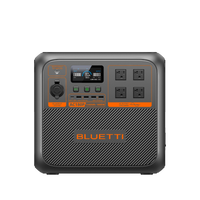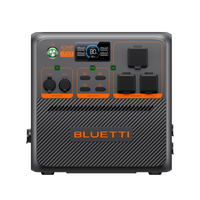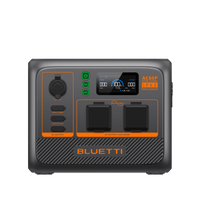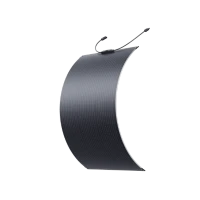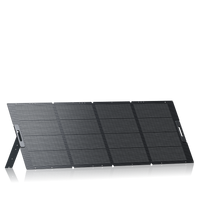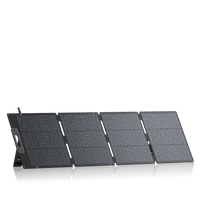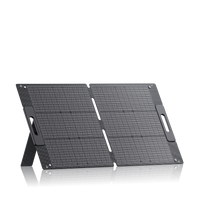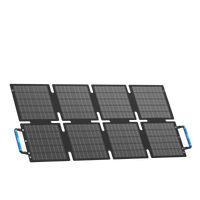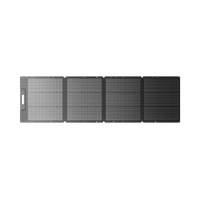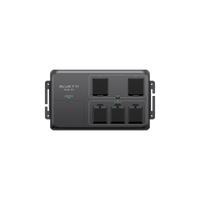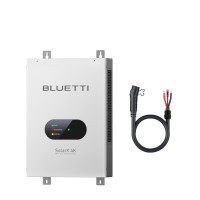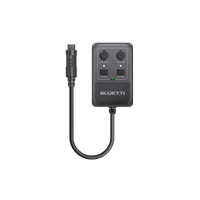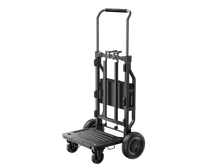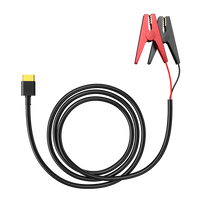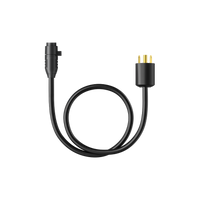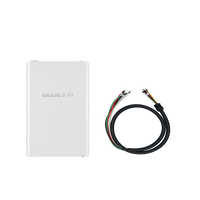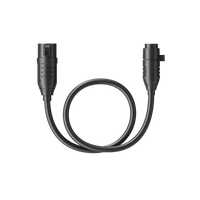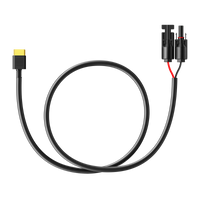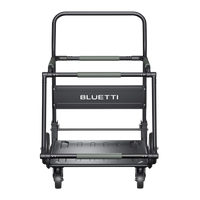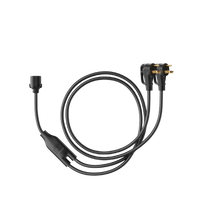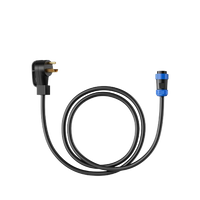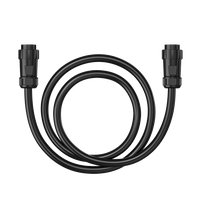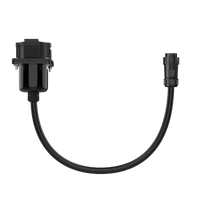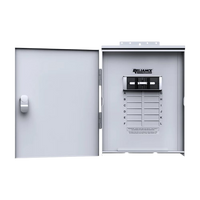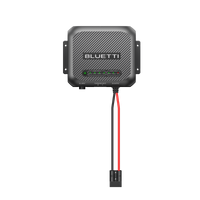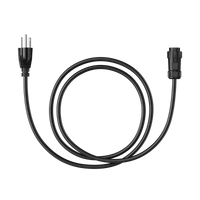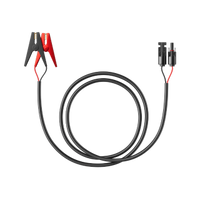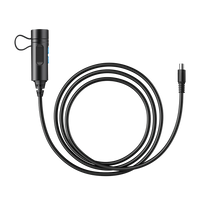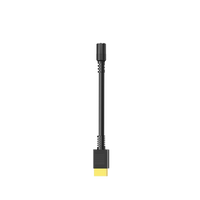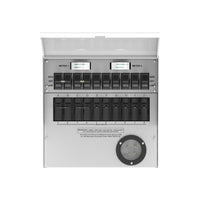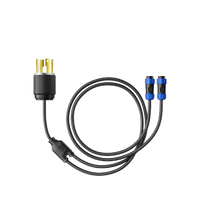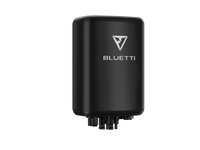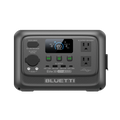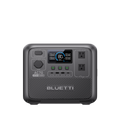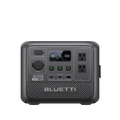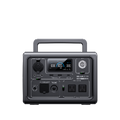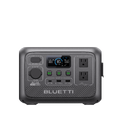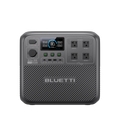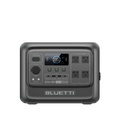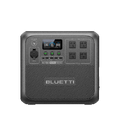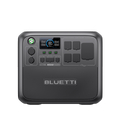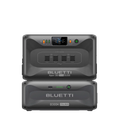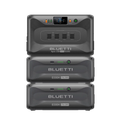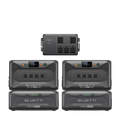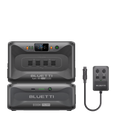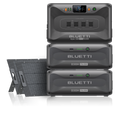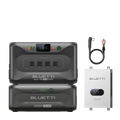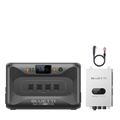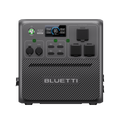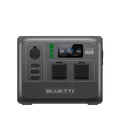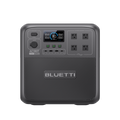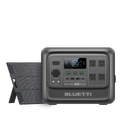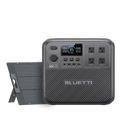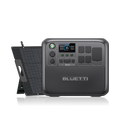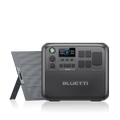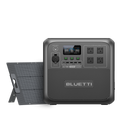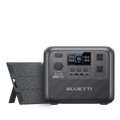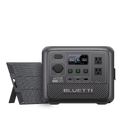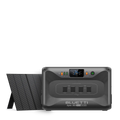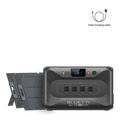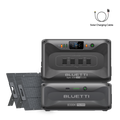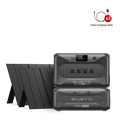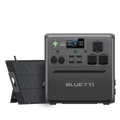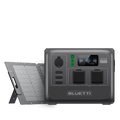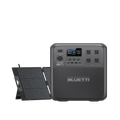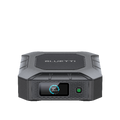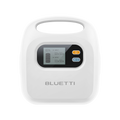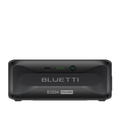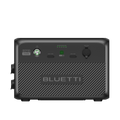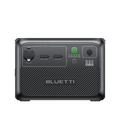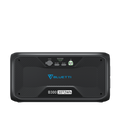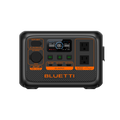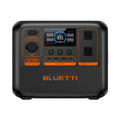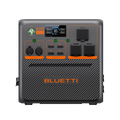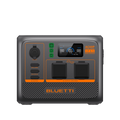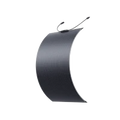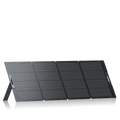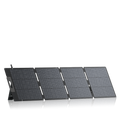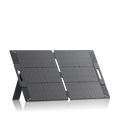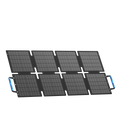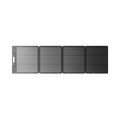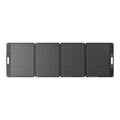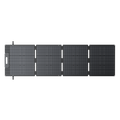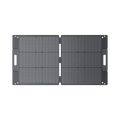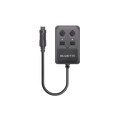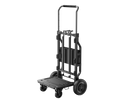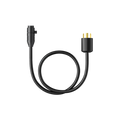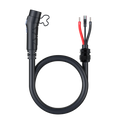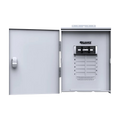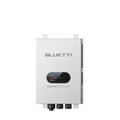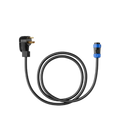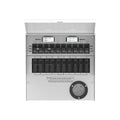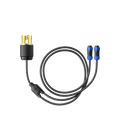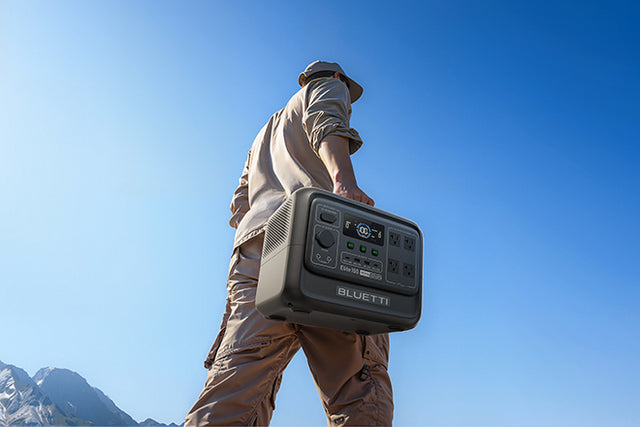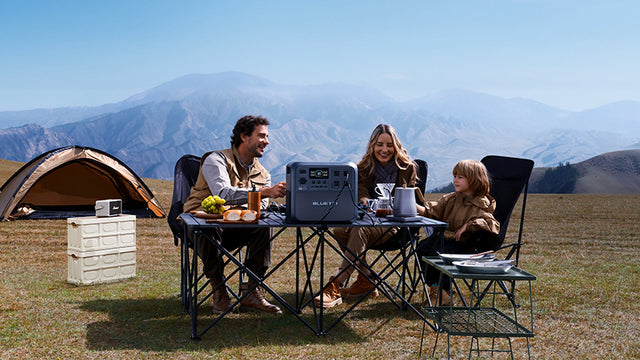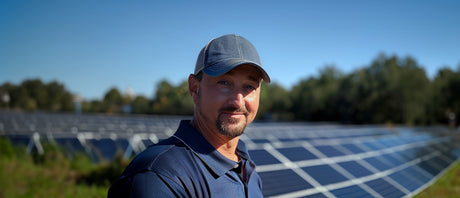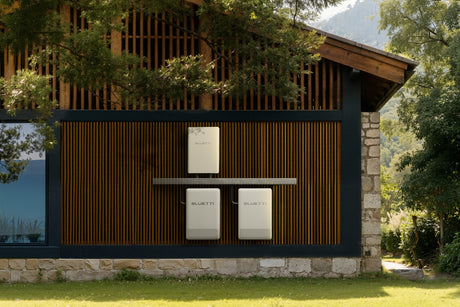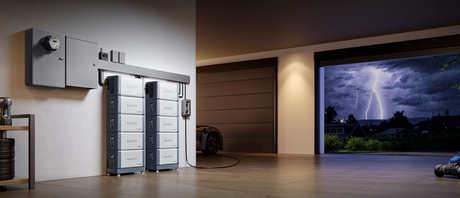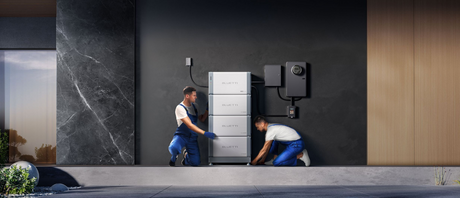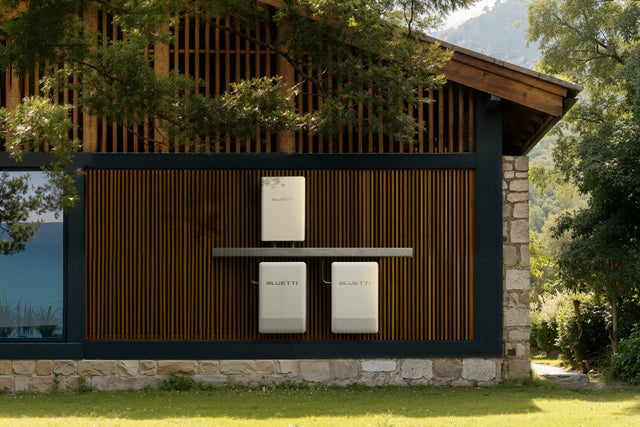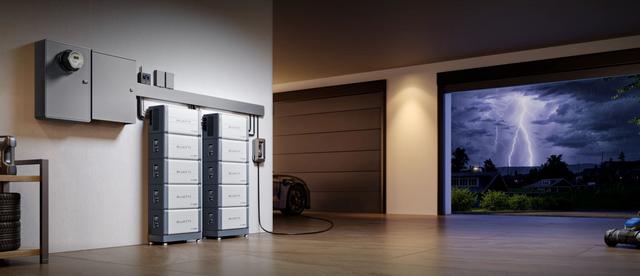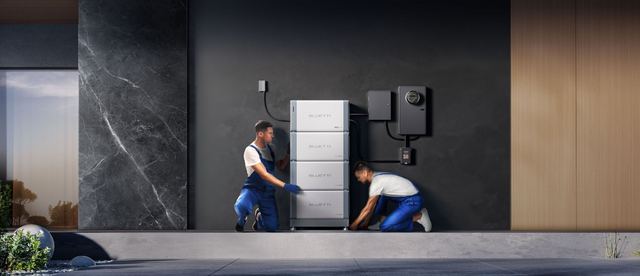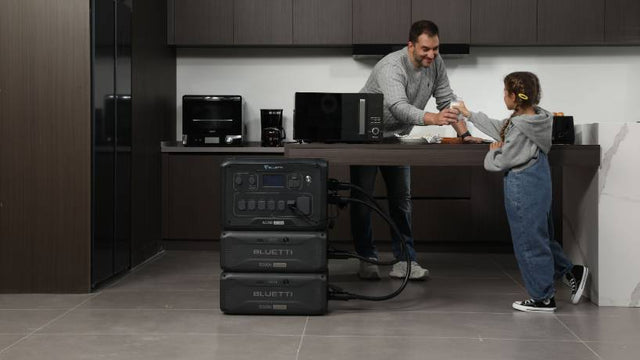Your cart is empty
Shop our productsPeople ask the same nervous question every summer when the first sticky heat wave rolls through the house and the power bill shows up a week later. Do ceiling fans use a lot of electricity? You look up at those blades, a quiet motor doing its thing hour after hour, and it's easy to imagine that meter spinning like a roulette wheel. The truth is a pleasant surprise. Ceiling fan electricity usage sits on the gentle end of the spectrum. They move air in a way that makes your skin feel cooler, and they do it without tearing through kilowatts the way compressors do. If you are cost-conscious in 2025, or you are running a small solar setup, or you just hate wasting power, this is one of the rare appliances that behaves the way you hope it will.
Let's take it slow and make this practical. We'll discuss how many watts a typical fan uses at real speeds, why certain models sip less and others sip a little more, and what that means in dollars and cents at an average residential rate. We'll also talk about how fans work well with backup power and off-grid systems, because that is where their low draw shines. The goal is simple: By the end, you should know exactly where fans fit in your energy plan and whether they deserve a permanent spot in your summer routine. Spoiler: they do.

Understanding Ceiling Fan Wattage
Wattage is just the rate at which a device uses power. If a ceiling fan's motor is drawing 50 watts while it runs, that is 0.05 kilowatts. Keep it on for twenty hours and you have used a single kilowatt-hour. If your utility rate is fifteen cents per kWh, twenty hours of air movement costs about fifteen cents. That is a number you can live with. Especially because airflow changes how sweat evaporates from our skin. You feel cooler at the same room temperature, which lets you leave the thermostat a couple of degrees higher and save the heavy lifting for a smaller portion of the day.
So, how many watts do ceiling fans really use? The numbers vary by size, type, and features, but let's put some ranges out there.
- Small, efficient models: as little as 15 watts on low.
- Standard ceiling fans: usually around 30 to 50 watts at medium speeds.
- High-performance or very large fans: up to 100 or 120 watts at full tilt.
- Fans with lights: add another 5 to 20 watts, depending on the bulbs.
One thing worth noting is the motor type. Old-school AC motors are everywhere, but DC motors are becoming popular. They use 30 to 50 percent less energy, run quieter, and often have more precise speed controls. If you've seen fans advertised as "super efficient," odds are they're using DC motors.
The average ceiling fan you'd find in a living room or bedroom lands around 30 to 50 watts. That's like half a standard light bulb back in the incandescent days. Compare that to an AC unit drawing 1,000 watts or more, and you see why fans are the darlings of cost-conscious households.

Factors That Nudge Wattage Up or Down
Fans may look simple, but a few factors nudge their energy draw up or down.
Size of the blades: Bigger fans move more air, but they also take more watts to spin. A compact bedroom fan might sip 20 watts. A wide 72-inch fan in a vaulted ceiling space could use closer to 100.
Speed settings: The difference between low and high is dramatic. On low, many fans barely use 10 watts. On high, that same fan might be pulling 75. That's why using the lowest comfortable setting is always the most efficient choice.
Motor type: AC versus DC. We've touched on this, but it's worth repeating. DC motors are smoother and cheaper to run over the long haul.
Extras and add-ons: Lighting is the big one. Integrated LEDs are efficient, but they still add 5 to 20 watts. Remote controls or smart features draw tiny standby amounts, but it's worth knowing they exist.
Runtime: Hours matter. Leave a fan spinning in an empty room all day, and the watts add up. Eight hours at 50 watts is 400 watt-hours. Do that for 30 days, and you've spent about $2. Not much, but multiply that by six rooms and a summer's worth of days, and you notice it.
It helps to think situationally. Picture a family with two ceiling fans, both around 50 watts. They run them eight hours a day during July. That's 800 watt-hours per day, or 0.8 kWh. At 15 cents/kWh, that's 12 cents daily. By the end of the month, they've spent about $3.60 for comfort across two rooms. Not bad when you compare it to the $100 spike an air conditioner would cause.
Cost to Run a Ceiling Fan
This is the part everyone cares about. How much is it costing me? Let's put the math into plain numbers.
A 50-watt fan, running eight hours a day, consumes 0.4 kWh. At 15 cents per kWh, that's six cents a day. Less than $2 a month. Around $24 a year. Double it for a bigger fan, and you're still only at $48 annually.
Even at the high end (a 100-watt fan spinning all day), you're talking under $4 a month. That's pocket change compared to cooling a house with AC.
Energy Star–certified fans trim this even further, often saving 40 percent more than non-rated models. And when you're running fans for months at a time, those savings compound. It's one of the few household upgrades where you see the difference in your bill almost immediately.
|
Appliance |
Avg. Wattage |
Daily Cost (8 hrs @ 15¢/kWh) |
|
Ceiling Fan (std) |
50W |
$0.06 |
|
AC Window Unit |
1,000W |
$1.20 |
|
LED Light Bulb |
10W |
$0.0120 (per bulb) |
|
Refrigerator |
150W |
$0.18 (intermittent) |

Off-Grid and Backup Power Considerations
This is where ceiling fan electricity usage becomes a quiet superpower. Compressors are hard on batteries. Fans are gentle. If your fan draws 50 watts and you run it for eight hours during a hot night, you need about 400 watt-hours. Add a little room for inverter losses, and you are still in a comfortable zone for a modest portable power station. Starting a motor always brings a short surge, but the inrush of a modern ceiling fan is usually modest. Think a brief spike, roughly around a hundred to a hundred fifty watts for a fan that runs near seventy watts, typically 1.5-2x of running watts. That is a scale most portable units can handle with headroom.
Picture this outage scenario. Grid drops at sunset. Windows are open, but the air is still, and it feels like the heat is lingering on purpose. You do not need to drive an air conditioner all night to be sane in the morning. You need air movement in the rooms where people are trying to sleep and a little bit of light. That is exactly the lane a portable system can hold without burning through its capacity. Pair a fan with a small solar panel during the day, and you reset your reserve while you go about your normal life. If you keep the speeds sensible and the doors closed to keep mosquitoes out, you can ride through a few days of disruption without feeling like you are camping against your will.
If you want a concrete place to start with gear, the Elite 100 V2 portable power station handles a fan plus phones and lights without fuss. If you are supporting a household, the Apex 300 home backup power gives you extra storage so you can keep two or three rooms comfortable and still keep the router or a small fridge online. The nice part is how predictable the draw is. Fans do not surprise you with big spikes. They just hum along and leave margin in the battery for the other stuff that actually needs it.
Tips for Squeezing Out More Efficiency
Fans are already efficient, but a few habits can squeeze more value out of them.
- Use low speed whenever you can. The difference between 10 watts and 75 watts is massive.
- Install LED lights. If your fan has integrated bulbs, switch them to LED. It's an easy win.
- Reverse the motor in winter. Many modern fans have a switch that lets blades spin clockwise. That circulates warm air downward, cutting heating costs.
- Clean blades regularly. Dust adds drag and makes motors work harder. A quick wipe every few weeks keeps efficiency high.
- Choose Energy Star models. They're tested for better efficiency and airflow, so you save energy without losing performance.
A fan is one of those appliances where maintenance is almost nothing, yet the payoff is real. A clean, well-chosen, and properly set fan is about as low-cost as home comfort gets.

A Quick Reality Check on "Do Ceiling Fans Use a Lot of Electricity"
This question hangs in the air because people confuse running time with heavy usage. Fans run for hours. That part is true. But they run at very low wattage. Even the big ones feel tiny next to appliances that use heat pumps or heating elements. When a utility or a retailer says a typical ceiling fan sits somewhere between 25 and 75 watt-hours per hour of use, that is the whole story in a single line. Your comfort is coming from air movement, not active cooling. You cannot make a hot room cold with a fan. You can make a warm room feel livable. That is the value proposition.
If you do need mechanical cooling, let the fan help. Set the thermostat a few degrees higher than you usually would, turn the fan on in the room you are using, and the combined effect feels the same for less grid draw.
A Note on Specs and Why They Vary
You will see charts that claim a standard fan averages 75 watts. Others will say the average is lower. Both can be right depending on how people measure and what models they sampled. Some calculators pick 75 watts as a default because it makes the math easy and covers many older AC motor fans at higher speeds. Meanwhile, newer DC models at medium speed can sit under 40 watts and still feel great in a bedroom. Brands and utilities publish both sets of numbers. If your house has a mix of ages and types, your reality will be a blend. The safest approach is to read your label, check the manual, and consider the room size. Then compute your cost with the same little formula everyone uses: watts divided by 1000 times hours times your rate. It is nice when the math fits on a sticky note.

Bringing It Together
So, do ceiling fans use a lot of electricity? Not even close. Ceiling fan electricity usage is one of the quiet bargains of household energy. You're talking pennies per day, a couple of dollars per month, and a few dozen bucks per year at most. Compare that to an air conditioner gulping power, and the fan looks like a saint.
That doesn't mean you should be careless. Leaving a fan running in an empty room is still wasteful. Choosing an old, inefficient model over a modern DC motor fan leaves savings on the table. But the overall story is simple: ceiling fans are efficient, eco-friendly, and one of the best tools for stretching both comfort and budget.
And when you think about resilience, the what-ifs of power outages or off-grid living, the case only gets stronger. The Elite 100 V2 portable power station is a tidy way to keep fans spinning when the grid fails, and the Apex 300 home backup power covers longer blackouts or bigger households. Pairing fans with backup power turns them into more than just summer helpers; they become lifelines.
Fans won't solve heat waves on their own, but they're one of the smartest, cheapest, and most versatile tools in the cooling arsenal. And that's why, in 2025, they deserve a closer look whenever you're thinking about energy use and comfort in the same sentence.
Shop products from this article
Be the First to Know
You May Also Like
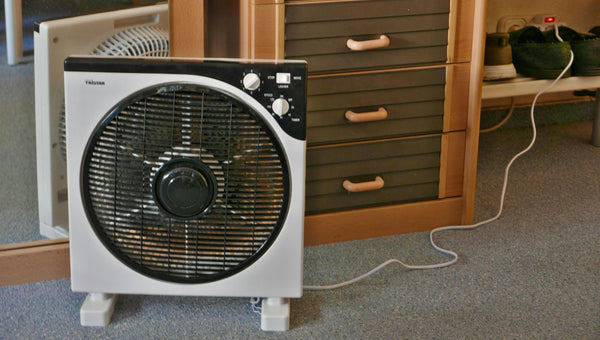
How Much Electricity Does A Portable Air Conditioner Use?

Dishwasher Wattage: What It Really Costs to Run One?

